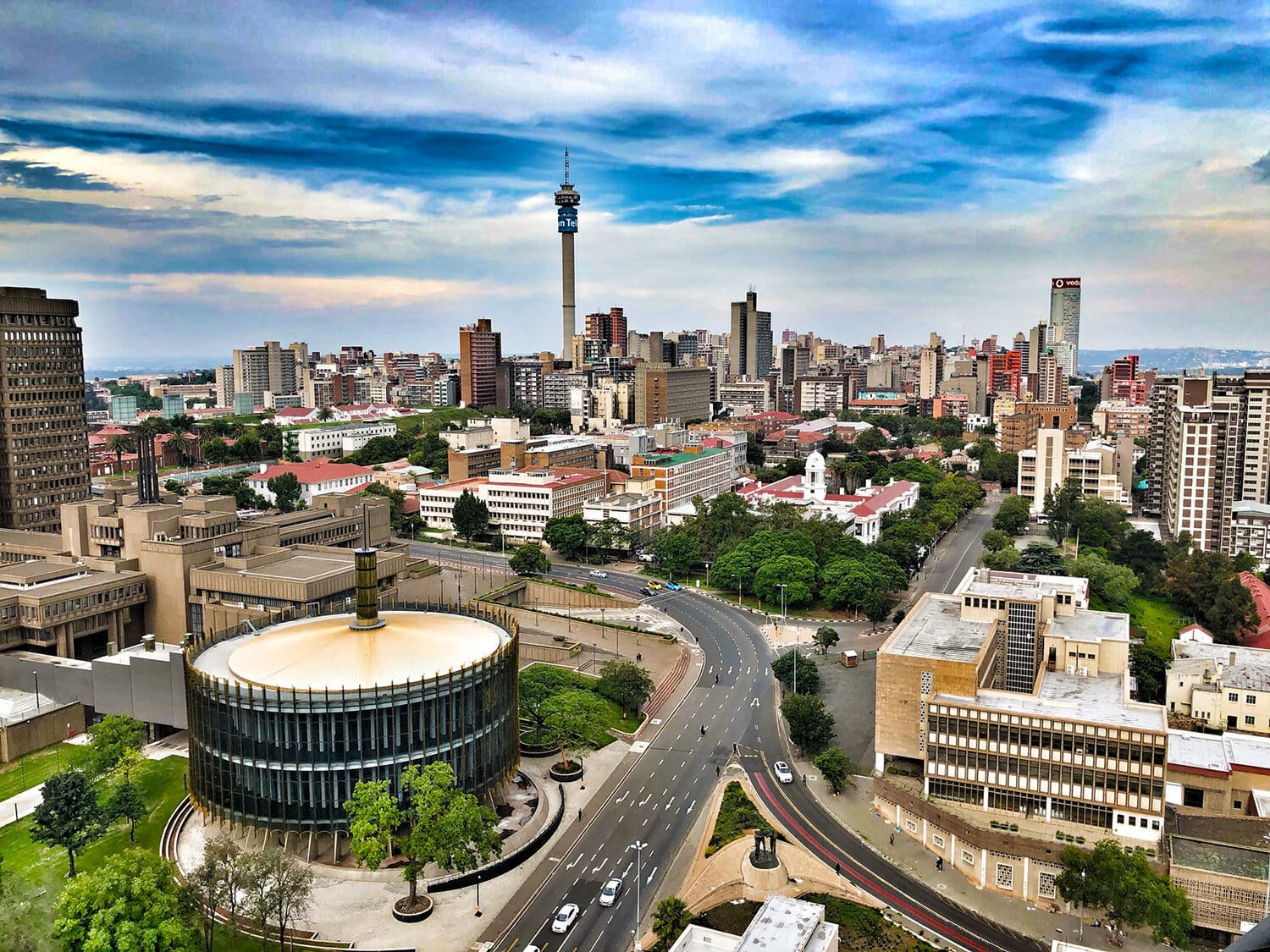Little Known Facts About Johannesburg North Attractions.
Little Known Facts About Johannesburg North Attractions.
Blog Article
The 7-Second Trick For Johannesburg North Attractions
Table of ContentsExcitement About Johannesburg North AttractionsThe Greatest Guide To Johannesburg North AttractionsThe Definitive Guide for Johannesburg North AttractionsAll About Johannesburg North AttractionsFacts About Johannesburg North Attractions RevealedFacts About Johannesburg North Attractions RevealedSome Known Details About Johannesburg North Attractions
You should maintain security in mind and visitors have to stay sharp at all times when in unknown environments. Talk to the citizens when you remain in community to find out regarding the area you are remaining in. Johannesburg North attractions. When on the road (this doesn't relate to mall and other secure atmospheres) ideal general recommendations is to try your finest to appear like a neighborhood and to stay clear of showing any kind of kind of riches
What Does Johannesburg North Attractions Do?
Professor Revil Mason O. J. (Thomson, 1946) discovered the Witwatersrand's pre-colonial history. His historical job exploded the 'em pty land' myth, according to which the region was without human habitation prior to the arrival of European inhabitants. In his magazines Prehistory of the Transvaal: A Record of Human Task (1962) and Beginnings of Black People of Johannesburg and the Southern Western Central Transvaal AD 3501880 (1986 ), Teacher Mason showed the level of social and economic advancement in the area prior to Europeans set foot here.

Not known Details About Johannesburg North Attractions
He acted with the government's permission, approved after he had actually promised to maintain his explorations secret. In 1874, small mining operations were begun in the Magaliesberg, where an Australian, Henry Lewis, had actually uncovered gold deposits. In 1878, David Wardrop discovered gold in quartz capillaries at Zwartkop, north of Krugersdorp. In 1881, Stephanus Minnaar stumbled upon gold on the farm Kromdraai, near the Cradle of Humankind.
In March 1886, an outcropping (soon to be called the Key Reef) was discovered, fairly fortunately, on Gerhardus Oosthuizen's farm Langlaagte. Some say that the Lancastrian coal miner George Walker found this coral reef. An additional travelling English miner, George Harrison (that had previously operated in Australian mines) acquired a prospecting licence in respect of Langlaagte in Might 1886.
He determined to go on in a mission for greener fields, and disposed of his Langlaagte case for the handsome amount of 10. Alas: under lay the wealthiest goldfield ever before discovered. The exploration of this abundant auriferous coral reef prompted a gold rush that indicated the end of bucolic tranquillity in the southern Transvaal.
It would, within six years, become the largest town in southerly Africa. Within a years, it would certainly make the Z. A. R. up until after that an anarchical and insolvent little state the richest nation in Africa. By the millenium, the Z. A. R. was to surpass Russia, Australia and the USA of America to end up being the world's leading gold manufacturer, producing greater than a quarter of the globe's gold.
Johannesburg North Attractions Fundamentals Explained
It was known as Ferreira's Camp, called after Colonel Ignatius Ferreira. He was a Boer adventurer upon whom the British authorities had presented the standing of Companion of one of the most Distinguished Order of St Michael and St George (qualifying him to the post-nominal letters C. M. G.) in thankfulness for his role in the battle that had deposed the Pedi king Sekhukhune in 1879.
2 various other camps were developed: Meyer's Camp on the ranch Doornfontein, and Paarl Camp. The latter was nicknamed Afrikander Camp; numerous people from the Cape Swarm resolved there.

What Does Johannesburg North Attractions Mean?
This name gained money by word of mouth, such that the State Assistant attested the name to the Mining Commissioner on 9 October 1886. Stands in the village were auctioned on 8 December 1886. While some stands were sold for 10, others were torn down for as low as sixpence.
Two years later on, these erven were to change hands for as long as 750 each. The tented camps dwindled as a dorp of corrugated iron structures developed linked here and increased north of the mines located along the Key Reef Roadway. Areas such as Jeppe's Town (where working-class immigrants erected their residences) and Doornfontein (where the upscale new 'Randlords' began to construct their extravagant residences) were quickly included in the ever-expanding map of the community.
The smart Trick of Johannesburg North Attractions That Nobody is Discussing
Besides the road names, there were no signs of Johannesburg being located in a Dutch-speaking nation. Several years later, C. W. Kearns O. J. (among the initial boys signed up at St John's University in 1898) would remember: 'A strange truth concerning Johannesburg was that, although it was in the [Boer Republic], nearly everybody talked English and also the Federal government servants resolved one in English, unless they were initial navigate to this site dealt with in the Taal (or Low Dutch)'.
Britain had a passion in making sure optimal problems for gold manufacturing on the Witwatersrand, and that the gold was exported to London instead than Berlin an essential rendered all the extra clamant by the Z. A. R.'s raising toenadering with Germany. Mine proprietors were on a collision training course with Head of state Kruger, whose policy of monopolistic concessions (often granted to his cronies) protected against mining business from procuring products of products (particularly dynamite) and labour on their very own, less costly terms
The 7-Minute Rule for Johannesburg North Attractions
In 1890, the Volksraad had limited the franchise to white guys that had lived in the Z. A. R. for fourteen years or longer, thus disqualifying many of the immigrants (who took place to be the significant contributors to the fiscus). Frustration for the ballot was a simple pretense for advertising a different agenda; a lot of uitlanders concerned themselves as short-term site visitors and had no purpose of staying in the Z.
Report this page